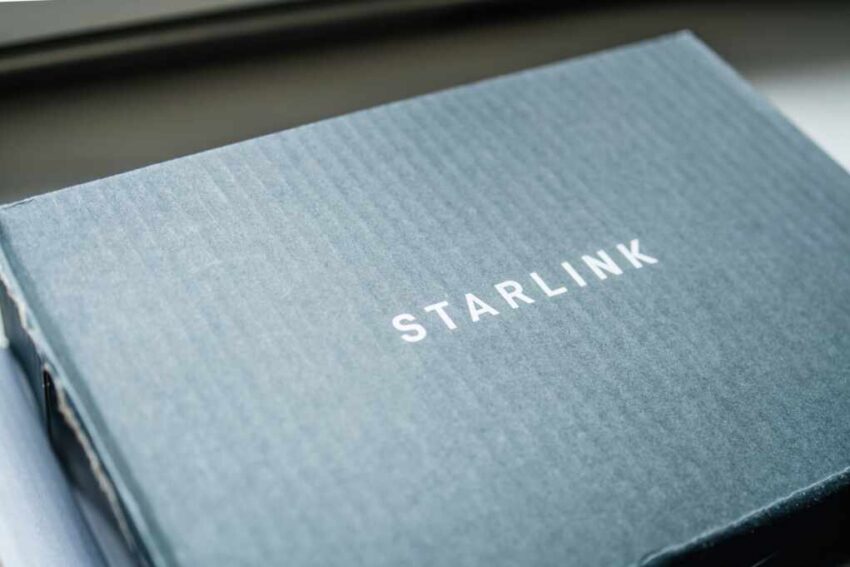The Colombian navy intercepted a drone narco‑sub with military‑grade tech, marking a dramatic escalation in maritime drug trafficking.
At a Glance
- It was the first unmanned narco‑submarine seized in South American waters.
- The semi‑submersible was equipped with a Starlink antenna and two surveillance cameras.
- The vessel was empty but capable of carrying 1.5 tons of cocaine.
- Interception occurred on July 1 near Santa Marta in the Caribbean.
- The seizure was part of the multinational Orion counter‑drug strategy.
A New Breed of Smuggler
On July 2, 2025, Admiral Juan Ricardo Rozo announced the Colombian Navy had intercepted an unmanned narco‑submarine just off the coast of Santa Marta. The vessel—resembling a small grey speedboat—was laden with advanced gear: a Starlink satellite dish, external and internal cameras, and remote‑control modules, according to El País, Naval News, and Baird Maritime. Although no contraband was aboard, naval authorities believe it was a test run by the Gulf Clan cartel, with capacity to transport up to 1.5 tons of cocaine, as reported by CBS News. The incident marks the first time a drone narco‑submarine has been seized in South American waters, a milestone confirmed by Geo News.
Autonomous narco‑subs represent a stealthy shift in smuggling tactics. Unlike crewed semi‑submersibles—already known as “floating coffins”—these drones eliminate human risk and reduce the chance of arrested operators leaking cartel secrets. As CBS News reported, removing the crew removes “the risk of captured operators cooperating with authorities,” according to INSightCrime investigator Henry Shuldiner.
Watch a report: Combating narco‑subs and narco‑terrorism in the U.S. and abroad.
https://www.cbsnews.com/video/combating-narco-subs-and-narco-terrorism-in-the-u-s-and-abroad-0435/
Global Threat Underwater
This seizure underscores a rapidly evolving threat. Satellite-linked smuggling vessels were first detected in Indian waters last year, when an unmanned meth carrier was seized near the Andaman Islands. Similar tech appeared in the Pacific, where one drug sub was found with nearly three tons of narcotics and two dead crewmen. Now, the Caribbean joins the map.
These low-profile vessels evade radar and patrols with ease. No crew means no confessions—and less chance of interception. The integration of Starlink and remote-control systems gives cartels real-time command of vessels across global waters. According to Naval News, authorities warn that these stealthy subs will become more common, harder to detect, and more autonomous over time.
Global Response Takes Hold
In response, global cooperation is intensifying. The Orion strategy, a multilateral anti-narcotics program involving 62 countries and 127 agencies, has already seized over 2,300 metric tons of drugs this year alone. But as cartels adopt drone tech, authorities face a chilling question: will interdiction keep pace with innovation?
This episode delivers a stark warning: maritime drug trafficking is adopting cutting‑edge tech, and law enforcement must adapt or be left in the wake.
Click this link for the original source of this article.
Author: Editor
This content is courtesy of, and owned and copyrighted by, https://thecongressionalinsider.com and its author. This content is made available by use of the public RSS feed offered by the host site and is used for educational purposes only. If you are the author or represent the host site and would like this content removed now and in the future, please contact USSANews.com using the email address in the Contact page found in the website menu.








